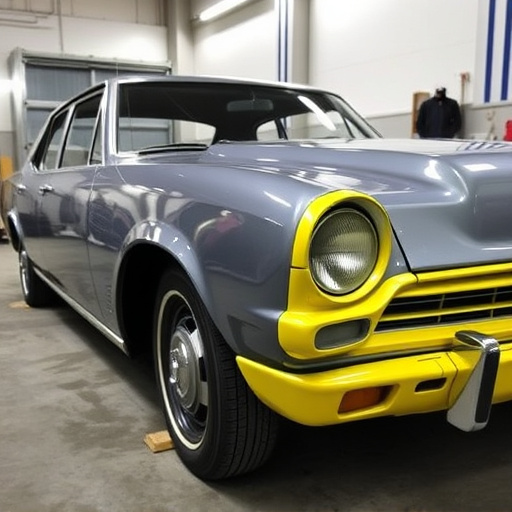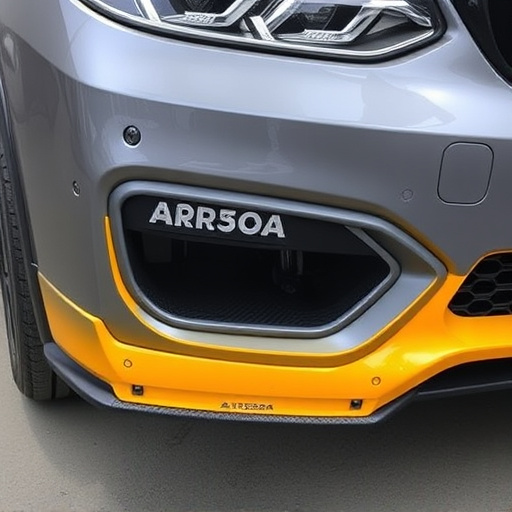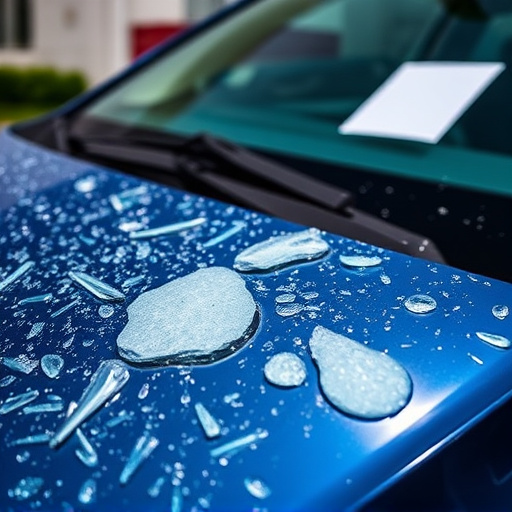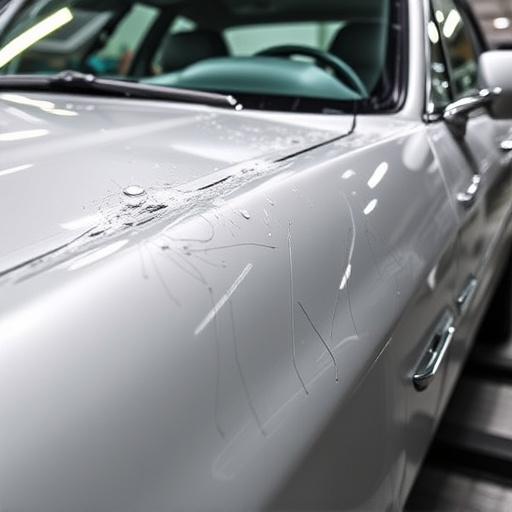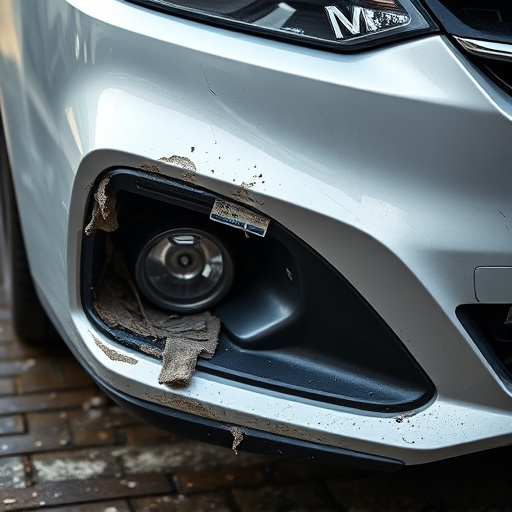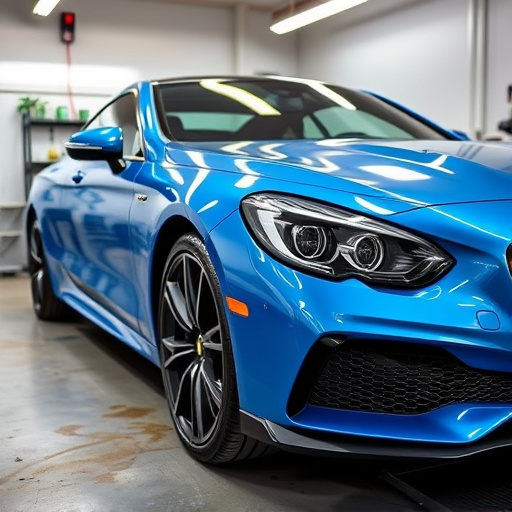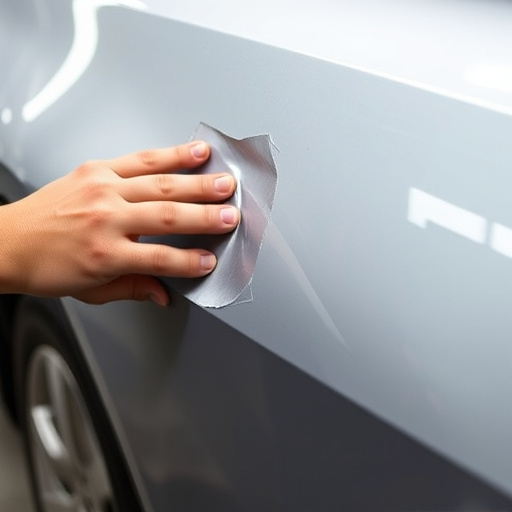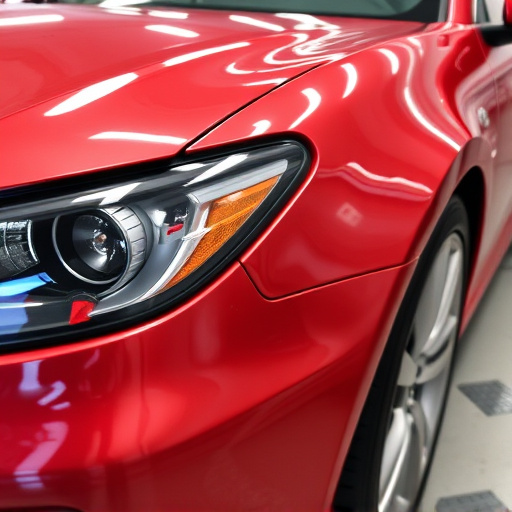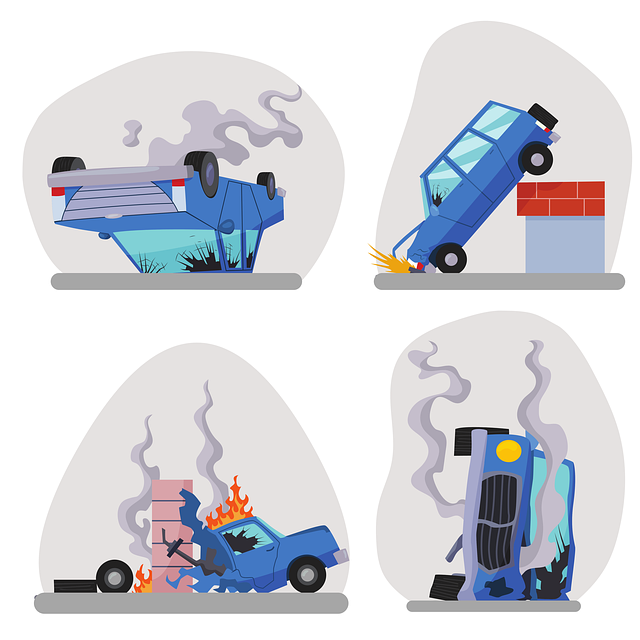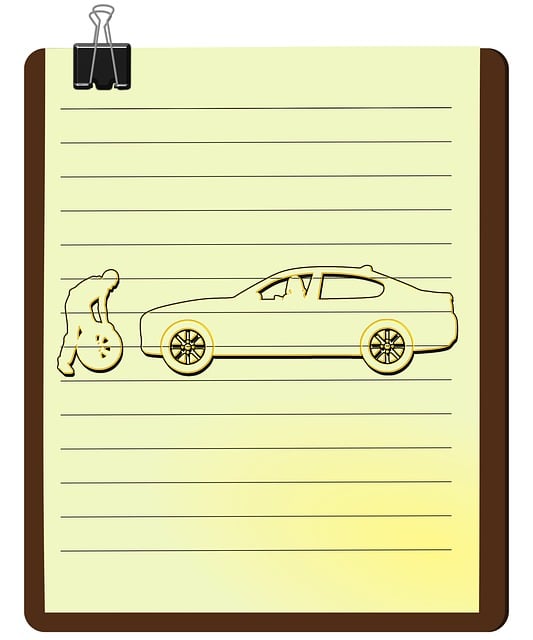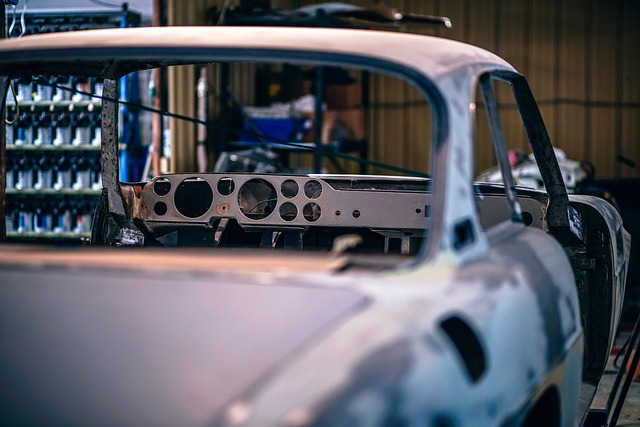Tesla's accident repair standards demand meticulous precision engineering, with strict tolerances for dimensions, paint, and structural integrity. Non-factory repairs may compromise these standards, leading to visible disparities and potential safety or resale value issues. Maintaining Tesla's brand reputation requires consistent adherence to factory build tolerances, necessitating specialized knowledge and equipment for reliable post-repair performance and aesthetics.
Tesla vehicles are renowned for their precision engineering and advanced technology. To maintain this reputation after accidents, Tesla accident repair standards must match the factory build tolerances. Understanding these stringent tolerances is crucial, as mismatches can impact vehicle performance and safety. This article explores the implications of inconsistent repairs, highlighting the importance of achieving consistency to preserve both the integrity of Tesla vehicles and the satisfaction of their owners.
- Understanding Tesla's Factory Build Tolerances
- The Impact of Mismatched Repair Standards
- Achieving Consistency in Accident Repairs
Understanding Tesla's Factory Build Tolerances
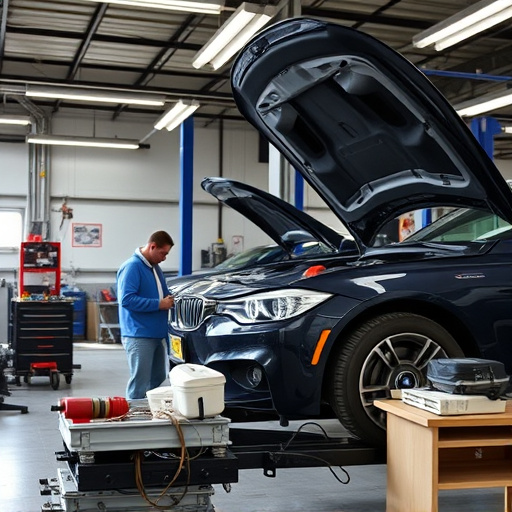
Tesla’s factory build tolerances refer to the precise specifications and standards that the company upholds during the initial manufacturing process. These tolerances cover everything from the dimensions of each component, paint finish quality, and overall structural integrity. Given Tesla’s commitment to precision engineering, these tolerances are remarkably tight, ensuring every vehicle leaves the factory in perfect condition.
Understanding and matching these factory build tolerances is crucial when it comes to Tesla accident repair standards. When a Tesla vehicle is involved in a collision, skilled technicians must assess and accurately recreate these precise dimensions during the repair process, including tasks like dent removal and meticulous alignment, to ensure the car body repair matches the original build seamlessly. This ensures not only the safety of the vehicle but also its aesthetic appeal, maintaining the same level of quality that Tesla guarantees.
The Impact of Mismatched Repair Standards
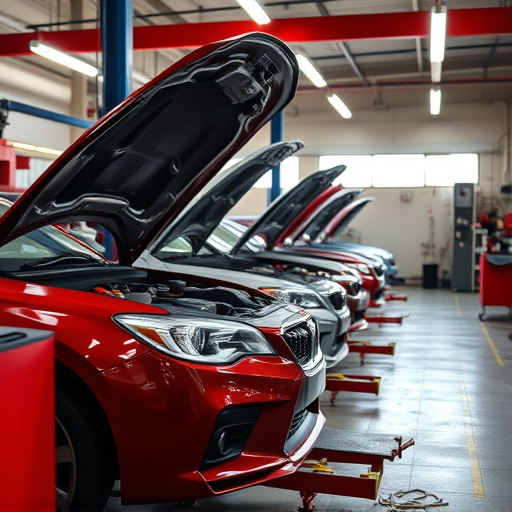
When Tesla accident repair standards don’t align with the factory’s build tolerances, it can lead to subpar results and a noticeable difference in the vehicle’s appearance. This mismatch often occurs when after-market or non-factory repair shops attempt to fix damage, such as car bodywork or scratch repairs. The consequences are visible, creating an uneven finish that may not blend seamlessly with the original paint job.
This disparity can cause issues beyond aesthetics; it might compromise the structural integrity of the vehicle, especially in areas where panels have been removed and replaced during auto body repairs. As a result, Tesla owners could face unsafe driving conditions or reduced resale value for their cars due to inconsistent repair work.
Achieving Consistency in Accident Repairs
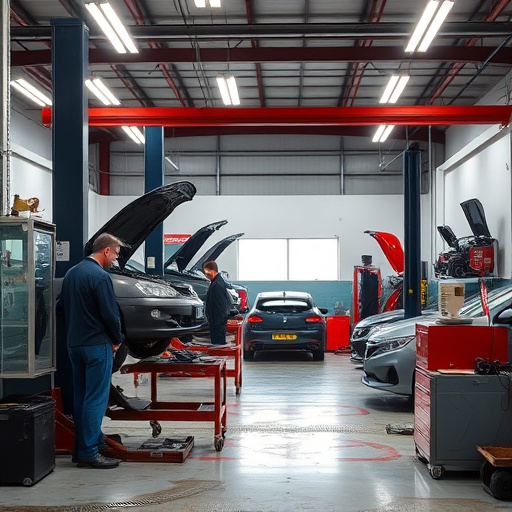
Achieving consistency in Tesla accident repairs is paramount to maintaining the brand’s reputation for quality and precision engineering. When a Tesla experiences a collision, whether it’s a minor fender bender or a more severe crash, the repair process must adhere to factory build tolerances. This ensures that the vehicle not only looks like new but also functions as designed, from advanced safety systems to sleek design elements.
Compared to traditional automotive restoration for brands like Mercedes-Benz collision repair, Tesla repairs require specialized knowledge and equipment due to their complex electric and software systems. Technicians must be adept at both structural repairs and integrating cutting-edge technology, ensuring every vehicle returns to the road with the same level of performance and reliability as when it left the factory line.
Tesla accident repair standards must strictly adhere to factory build tolerances to ensure vehicle safety and quality. The impact of mismatched repair standards can lead to structural weaknesses and compromising the overall integrity of the vehicle. To achieve consistency, auto body shops repairing Tesla vehicles should invest in advanced training and equipment, aligning their processes with the manufacturer’s specifications. By maintaining precise standards, they guarantee that restored Teslas meet the same rigorous requirements set during initial production.
